Alert
Alerts
Description
Map
Ratings and reviews
See around
The Malzac valley




Credit
: © Bruno Descaves
Description
The erosion caused by the Malzac, weaker than that caused by the Griboulle, has left more land usable for crops and fields. This allows farmers to keep a few cow herds. The region’s climate, relief and soils force its inhabitants to base the local economy on agricultural and forestry activities of low productivity. At the same time, climatic and environmental variety generates a large range of plant and animal species, the source of abundant bio-diversity. The Cévennes National Park has worked hard to conserve this wealth by re-introducing some species that had disappeared: roe deer, stags, the Western capercaillie, beavers, and the griffon vulture.
Technical Information
Lat, Lng
44.24673253.6535892
Coordinates copied
Uncertain state
Point of Interest updated on 16/11/2022
This point of interest hasn't been updated recently, which could compromise the reliability of this information. We recommend that you inquire and take all necessary precautions. If you're the author, please verify your information.
Altimetric profile
IGN cards

2740ET - CORNICHE DES CEVENNES PARC NATIONAL DES CEVENNES
Editor : IGN
Collection : TOP 25 ET SÉRIE BLEUE
Scale : 1:25 000
13.90€
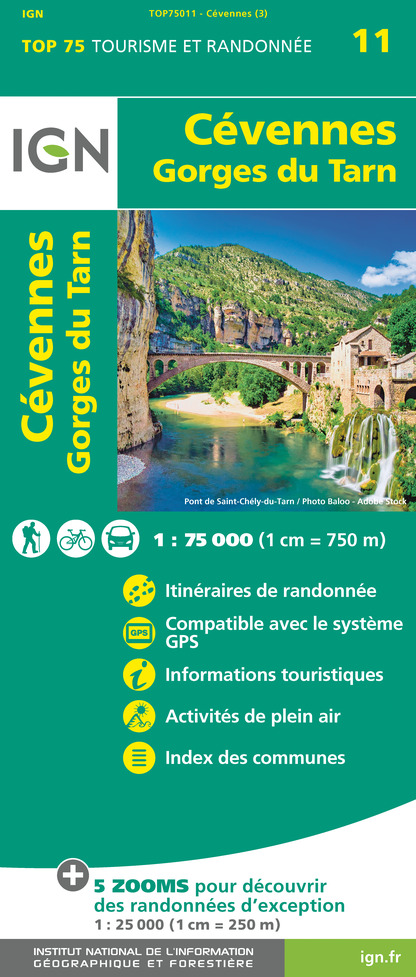
TOP75011 - CÉVENNES - GORGES DU TARN
Editor : IGN
Collection : TOP 75
Scale : 1:75 000
9.80€

TOP100D48 - LOZÈRE MENDE FLORAC-TROIS-RIVIÈRES PARC NATIONAL DES CÉVENNES GORGES DU TARN ET DE LA JONTE
Editor : IGN
Collection : TOP 100
Scale : 1:100 000
8.40€
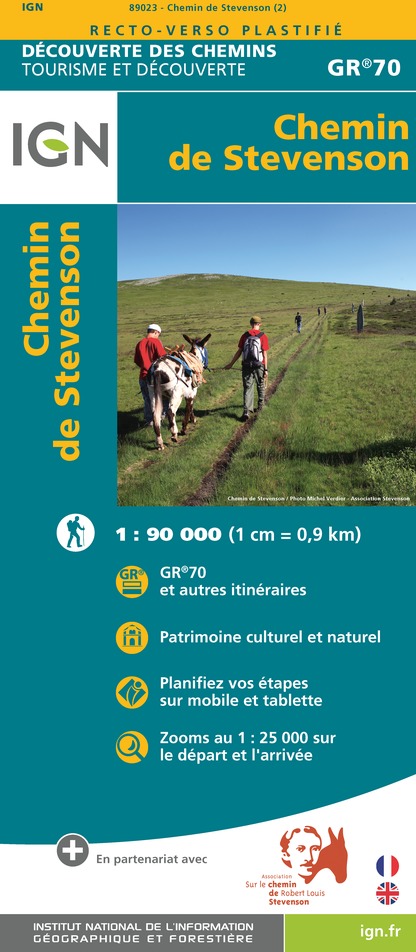
89023 - CHEMIN DE STEVENSON - GR70®
Editor : IGN
Collection : DECOUVERTE DES CHEMINS
Scale : 1:90 000
9.10€
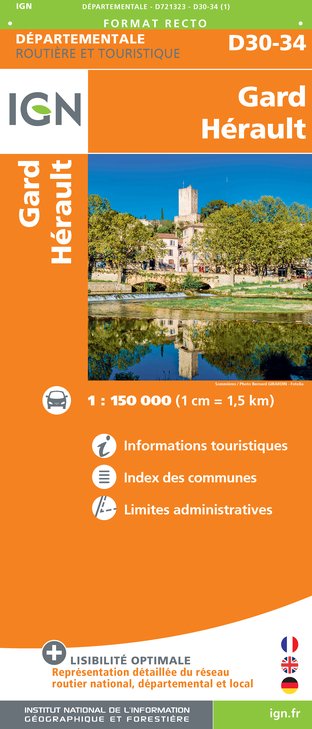
D30-34 GARD HÉRAULT
Editor : IGN
Collection : CARTES DÉPARTEMENTALES IGN
Scale : 1:150 000
5.90€
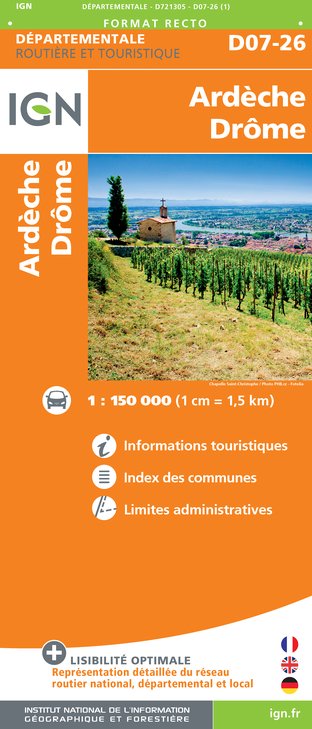
D07-26 ARDÈCHE DRÔME
Editor : IGN
Collection : CARTES DÉPARTEMENTALES IGN
Scale : 1:150 000
5.90€
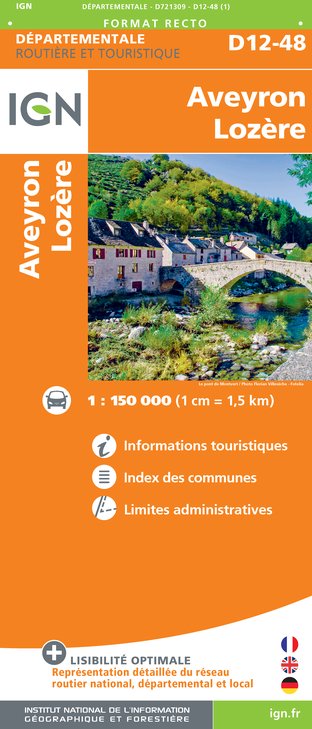
D12-48 AVEYRON LOZÈRE
Editor : IGN
Collection : CARTES DÉPARTEMENTALES IGN
Scale : 1:150 000
5.90€

EUROPE
Editor : IGN
Collection : DÉCOUVERTE DES PAYS DU MONDE IGN
Scale : 1:2 500 000
7.00€
Data author

proposed by
Parc national des Cévennes
Ancienne gare 48400 Florac-trois-Rivières France
Ratings and reviews
To see around